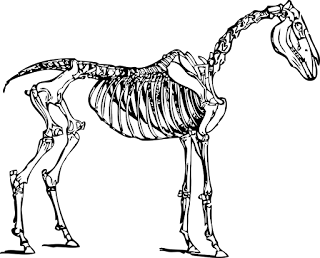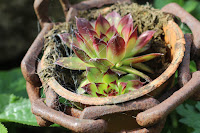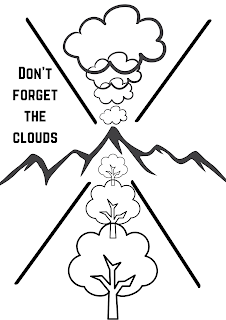Tips on drawing horses
Drawing
animals
(horses)
(Notes from recent workshop on drawing horses, that you may find useful)
When we are learning to draw people, there are several
basic rules that we can apply. Although there are exceptions to every
rule, we learn tips on proportion that we can use in all our figure
drawing.
With animals, we can't have these quick tips on drawing
their proportions, as all species are so different. The subject is
simply too vast. Even within species, the breeds can be completely
different. i.e. One rule couldn't apply to both a thoroughbred
racehorse and a miniature Shetland!
So we need to devise ways of making sure our proportions
are accurate. As many animals have a thick covering of hair or fur,
we need to begin by thinking about where the skeleton lies beneath.
By knowing where the bones are, especially the skull and eye sockets,
you can avoid your animal drawing looking like a cuddly toy.
With a horse, pay particular attention to the legs and
feet. You need to avoid putting feet and legs in positions that are
anatomically impossible. One line/curve in the wrong direction can
affect the whole drawing.
Measure different parts of the body in relation to
others and line parts up. i.e. In the skeleton image the mouth is in
line with the start of the tail etc.
Keep in mind that many animal drawings will include
“foreshortening” as animals don't often pose symmetrically!
Think about the contrasts between soft and hard areas.
i.e. The long nose of the horse is very hard and the skull shape is
visible, whereas the mouth is very soft and often relaxed.
If you are familiar with animals, imagine yourself
touching them as you draw them. Think about how strong a horses jaw
feels as you scratch it under it's chin, or how hard the top of your
dog's head is and how velvety his ears. This all helps with creating
an accurate drawing.
When drawing an animal portrait, pay attention to the
eye socket. Keep the detail for the eyes and the line of the mouth,
as this is where the character is. With horses, it can be helpful to
draw in the bridle early on, which gives you a frame to work around.
Once you are happy that you have an accurate drawing,
you can add movement and colour with your painting.
Great free reference photo website with no copyright
Free downloadable PDF work sheets available from the
shop section of my website www.callylawson.co.uk
YouTube tutorials www.youtube.com/c/CallyLawson





.png)
Comments
Post a Comment